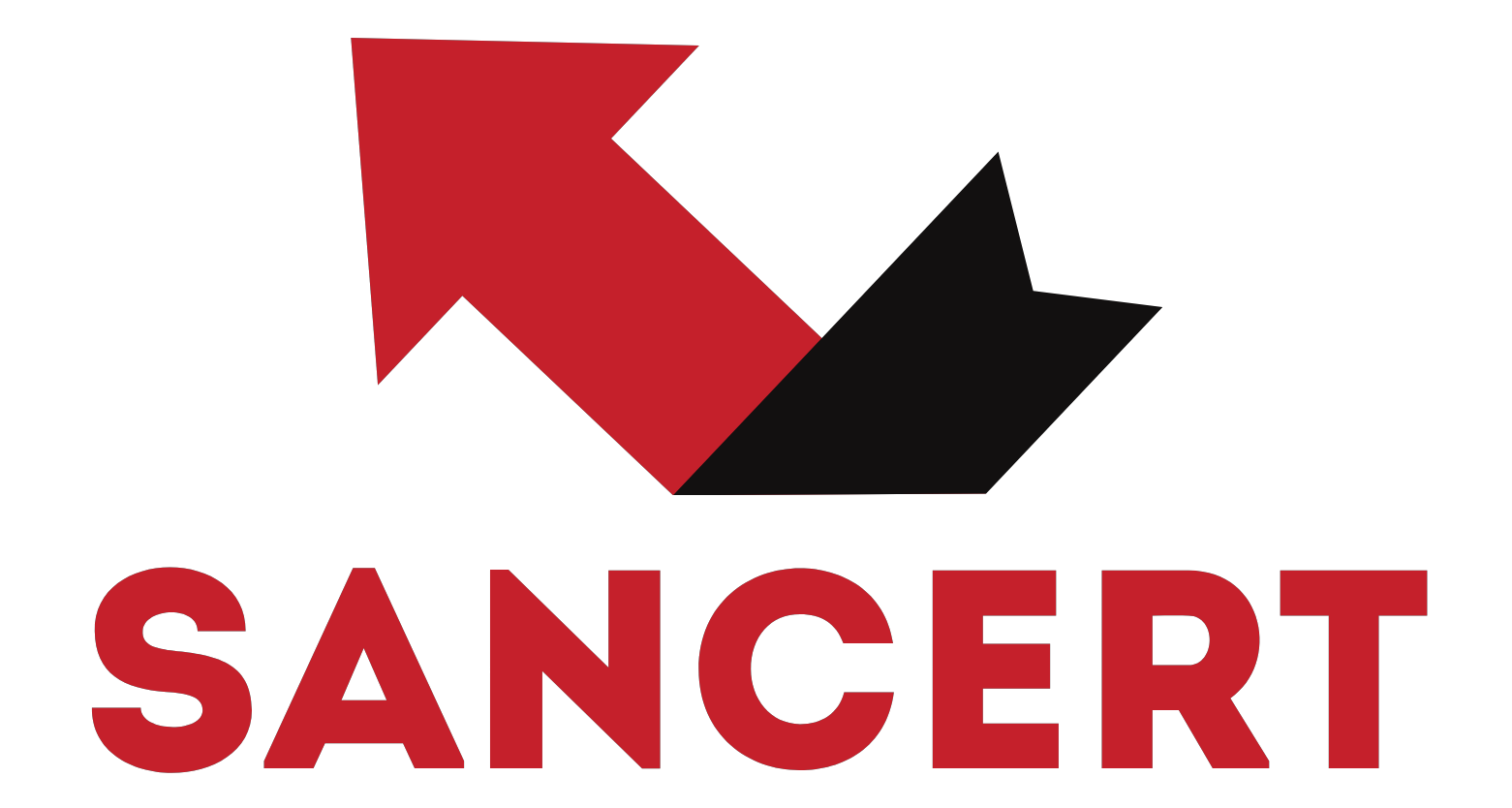Nicks cuts, scratches and burns are minor injuries that can occur to any one of us no matter how careful we are. These are minor injuries to the skin that are often ignored. It is important to know that skin is a vital organ; one that should NOT be ignored. Not only is skin the largest bodily organ, it also keeps the good stuff in and the bad stuff out.
So what do you do when you get a minor injury?
If you are like most people, you realise a doctor’s visit is not always necessary and instead you will try to treat the injury yourself. How do you know when to seek professional treatment? How do you treat injures that do not require a doctor’s visit?
Cuts- require immediately professional attention if:
• There is severe bleeding especially arterial, which literally pump blood from the body.
• Puncture wounds, such as those caused by a rusty nail or animal bite. These will require a tetanus booster shot.
• Cuts more than one half inch long and one quarter inch deep, which will require stitches.
To treat any cuts, first stop the bleeding and then treat to prevent infection.
- Place a sterile gauze (or if you do not have any gauze, a clean cloth) over the wound and hold it until the bleeding stops. Apply pressure continuously. If the gauze or cloth soaks through, simply place another cloth over the first and resume the pressure.
- When the bleeding has stopped, wash the cut with soap and water, followed by disinfectant.
- If the bleeding does not stop, get professional treatment.
- After the cut is clean, look for any foreign objects in the cut and remove them. If you do not, a threatening infection may set in.
- To aid in keeping the wound clean while it heals, you can cover it with a bandage. However, if you use a bandage, remember it will need attention too. Change it twice daily.
- Use an antibiotic cream to prevent further infection.
Treatment for a scrape is the same, except you do not have to worry about stopping blood flow as there is very little.
Burns
Burns are classified as first, second or third degree.
– A first degree burn causes redness.
– Blistering is caused by a second degree burn.
– Charred, blackened or blanched skin are signs of third degree burn.
Furthermore, burns can be caused by heat (thermal burns) or by contact with chemicals. Seek professional medical treatment for:
• All third degree burns
• Second degree burns involving more than one fifth of the body or if the burn has affected the face, hands, feet or genitalia.
Tips for treating Burns:
- First aid treatment for a burn involves relief of pain, infection prevention and treatment or prevention of shock.
- If a burn begins to blister, cool it by packing your hand or foot in cold, still (not running) water (You will need to use an ice pack on any other part of the body).
- Gently clean the burn and cover the area with sterile, non-stick gauze. Change the dressing twice a day.
- Never puncture a blister. This just opens the door for infection.
- Never use butter, oils or petroleum jelly on burns.
If the burn is due to a chemical exposure:
- Flush the burned area with running water for at least 15 minutes.
- While you flush, remove any contaminated clothing especially clothing in the area of the burn.
- Check the first aid instructions for the chemical. These are found on the container and/or Material Safety Data Sheet (MSDS). Treat as specified.
- Cover the burn with a clean dressing and call a doctor.
If a third degree burn is involved, get professional medical treatment quickly. Call an ambulance first. While awaiting professional help, make sure any fire is out and/ or remove the victim from the burn source.
DO NOT REMOVE ANY CLOTHING OR APPLY ANY DRESSINGS.
- Treat for shock and make sure the victim is still breathing.
- Use common sense in all situations.
Maintain a well-stocked first aid kit and be familiar with first aid procedures.
Being knowledgeable and prepared may be the smartest first step.


